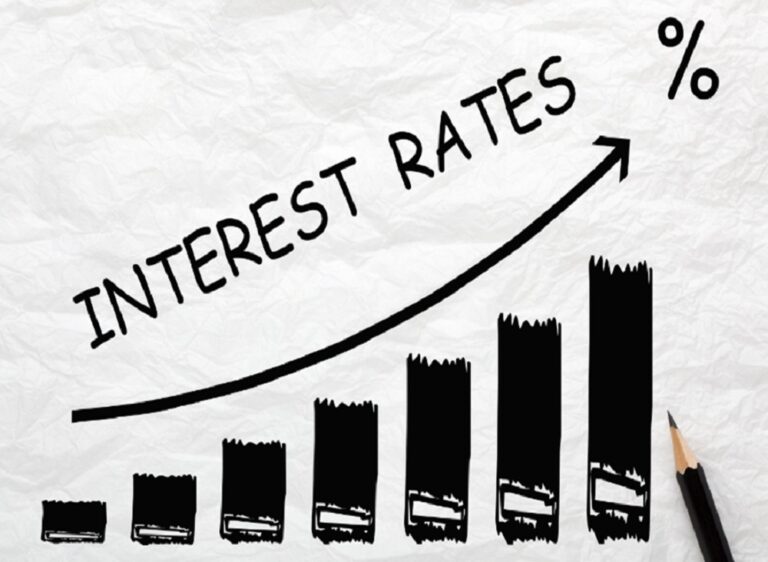
These days, it seems like everyone is now trading.
It began with a bunch of bored people stuck at home looking for something to do during the Covid-19 pandemic, but as we move into 2022, new research shows that many people have continued to trade for other reasons as well.
A survey from digital investment advisor Betterment asked traders about their motivations for trading. Between April 26, 2021 to May 3, 2021, Betterment and research company Market Cube surveyed about 1,500 investors over the age of 18.
In response, more than half of respondents (58 percent) said they want to “make more money in a shorter period of time.” The survey also looked at how financial decisions were impacted by trading and the growing interest in “meme stocks.”
The other popular motivations were less profit-minded, the survey found, with 43 percent saying they traded as a source of fun and entertainment. Another 40 percent said that new resources, like social media, empowered them to start trading for the first time.
Whatever your reasons for getting started with trading, if you want to actually make money, then an overly casual attitude won’t get you too far. You will need to learn some of the basics to avoid mistakes that can cost you a lot of money — and to eventually hone the techniques that actually make it profitable.
Here are a few common mistakes for new day traders to avoid.
Avoiding Preparation
Far too many traders start out by only investing in companies they have a personal interest in, or by “going with their gut.” Not smart, say the experts. Success in trading requires the self-discipline for research every day — because the market doesn’t take breaks.
Real preparation means making a watchlist that you check every day. It means placing your investments strategically and with diversity. This will probably feel onerous at first, but once it becomes a habit, the amount of time you’ll need to spend will decline rapidly.
Every single time you make a trade, you should have thought it through. Impulsive traders are bad traders. Smart traders know how to conduct basic analysis of the company rather than relying on their personal preferences or feelings.
As investor Paul Samuelson said: “Investing should be more like watching paint dry or watching grass grow. If you want excitement, take $800 and go to Las Vegas.”
Trading Without A Plan
It’s an all-too-common scenario: a trader watches the price start to move in the wrong direction, yet they take too long to act out of a misplaced faith that it’s only temporary.
Or maybe the price moves up slightly, and the trader over-invests only to see the price suddenly fall, taking their money with it. These examples are why you need a plan before making a trade.
Before investing, try to answer the following questions:
- How am I analyzing a company’s technical chart?
- What are my price targets, both for high and low?
- What is my acceptable level of risk?
- At what point will this trade move against me?
Accepting Too Much Risk
One of the most common types of risky trades are illiquid, which means they’re difficult for the trader to get in and out of.
For example, there are a lot of penny stocks that carry high risk levels. That means that when a trader makes money speculating, they often end up in a position where they can’t get out and lose money.
As Matt Choi of Certus Trading says: “I trade a lot of options, and early in my trading days I made the mistake of trading options that had a wide bid-ask spread. So although on paper I made a lot of money with those positions, the spread was so wide that when I tried to exit a trade, the spread wiped out all the profits.”
The main point to remember is that traders frequently fail to acknowledge their biases and mistakes. Smart traders learn analysis and strategies that compensate for the inaccuracy of human opinion.
That might be the most important lesson of all.







